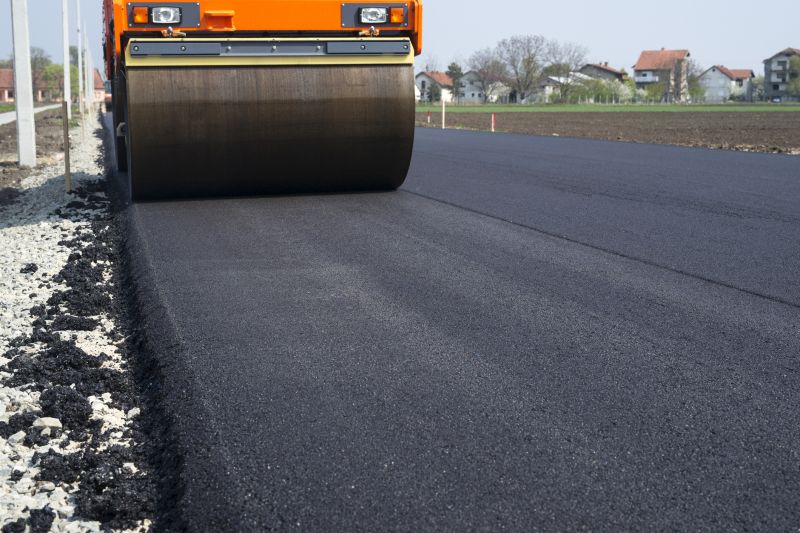Highway Paving | How To
How to Pave a Highway
Introduction
Paving a highway is a complex task that requires careful planning and execution. In this step-by-step guide, we will walk you through the process of highway paving.
Materials and Tools
- Asphalt
- Paving machine
- Rollers
- Graders
- Compactors
- Traffic cones
- Safety vests
- Shovels
- Brooms
Step 1: Preparation
Before starting the paving process, it is important to prepare the area. This involves clearing the existing surface, removing any debris, and ensuring the ground is properly graded.
Step 2: Applying the Base Layer
Next, the base layer of asphalt needs to be applied. This layer provides a stable foundation for the highway. Using a paving machine, spread the asphalt evenly across the surface, ensuring proper thickness and compaction.
Step 3: Adding the Binder Layer
Once the base layer is in place, it's time to add the binder layer. The binder layer helps to bind the asphalt together and provides additional strength. Use a paving machine to apply the binder layer, making sure it is smooth and uniform.
Step 4: Placing the Surface Layer
The final step is to place the surface layer of asphalt. This layer is responsible for providing a smooth and durable driving surface. Again, use a paving machine to apply the asphalt, ensuring proper thickness and compaction.
Step 5: Finishing Touches
Once the surface layer is in place, it's time for the finishing touches. Use rollers to compact the asphalt and ensure a smooth surface. Clean up any excess debris using brooms and perform a final inspection to ensure the highway is ready for use.
Conclusion
Paving a highway requires careful planning and attention to detail. By following these steps, you can ensure a successful highway paving project. Remember to prioritize safety and follow all relevant regulations throughout the process.





























